Piercing And Probing Wires With The Least Damage Possible
Probably one of the most controversial topics among technicians is the probing and piercing of wires and connectors. Some technicians curse t-pins and piercing probes claiming they can damage a wiring harness, while others have zero problems stuffing a blunt multimeter lead into a connector for an ECM.
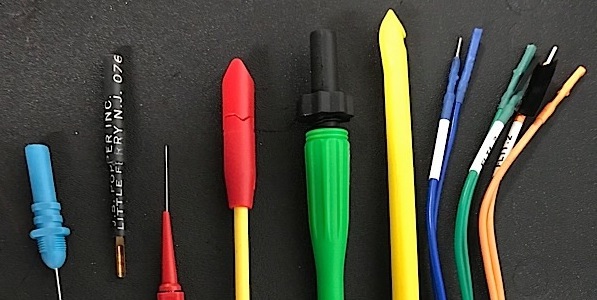
Catalyst Efficiency Monitors: What Are The O2 Sensors Telling The PCM?
The catalyst efficiency monitor verifies that the catalytic converter is operating at a high enough efficiency rating to keep exhaust emissions within the predetermined values. The PCM compares the signals from the upstream and downstream oxygen sensors to determine the state of the converter. These “tests” are called readiness monitors.
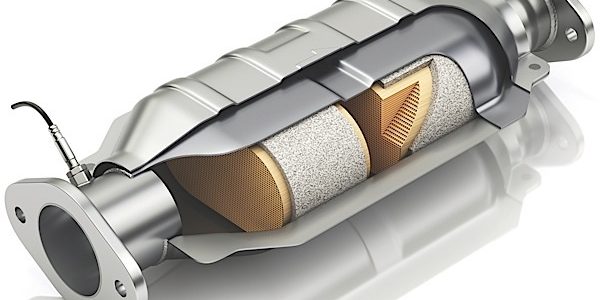
Oil Level Sensors – More Than A Warning Light
Oil level sensors have been used on import and domestic cars for more than a decade. Some of the first applications only monitored if the oil level was low using a switch attached to a float. The sensor would just trigger a message or light in the instrument cluster and only measured oil levels when the engine was not running.
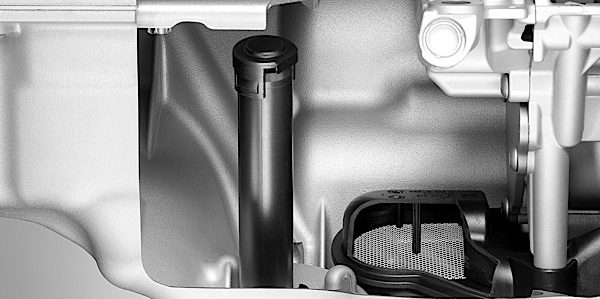
Alternator Testing Diagnostics Are Getting More Complicated
One test is not enough if you are diagnosing a charging system problem. All too often, if only battery voltage is present with the engine running the alternator is condemned as the source of the problem. If this is the case, it means that the alternator is not charging, but does not reveal why.
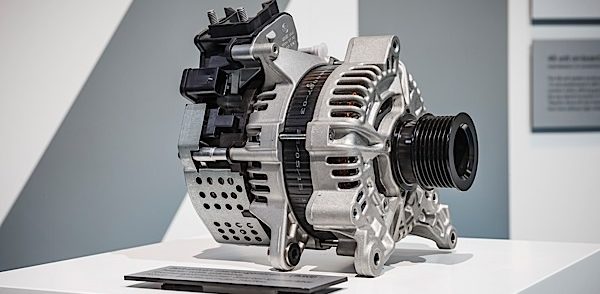
Getting The Big Squeeze: How Mazda’s New Spark-Controlled Compression Ignition Engine Runs Long On Fuel, Short On Emissions
Until Mazda recently introduced its new Spark-Controlled Compression Ignition (SpCCI) gasoline engine, internal combustion engines (ICEs) were classified as either spark or compression ignition. The historical differences between the two were obvious: spark-ignition engines were quiet and smooth and compression-ignition engines were not.

CAN/Bus Issues: Following The Learning Curve
Several times last summer, I was confronted with a lack of product familiarity when diagnosing CAN/bus circuits on several late-model import platforms. The most frustrating part came when I had to spend hours educating myself on how a specific body control system worked by looking at wiring diagrams and going through trial-and-error diagnostics.

No-Start Condition Dilemmas? We Share A Few Lessons Learned
Do you have a Mercedes-Benz in your bay with a no-start condition? Don’t feel alone, we’ve been there, and would like to share a few lessons we have learned over the years that can also help you expedite the diagnostic process.

Flash Or Pass? Don’t Leave Money On The Table
These days, nearly every car on the road has multiple on-board computers. They often need to have their software updated or be reflashed because a component has been changed or upgraded.

Pinpointing Oil Consumption Issues: Now You See It, Now You Don’t
Oil consumption has become an issue because oil change intervals now extend to 10,000 or more miles and because modern engines consume so little oil that many vehicle owners forget to regularly check their engine’s oil level. Worse still, many owners will often run their engines out of oil because they don’t know how to check the oil level. For that reason, oil level warning systems are becoming standard equipment for many vehicles.
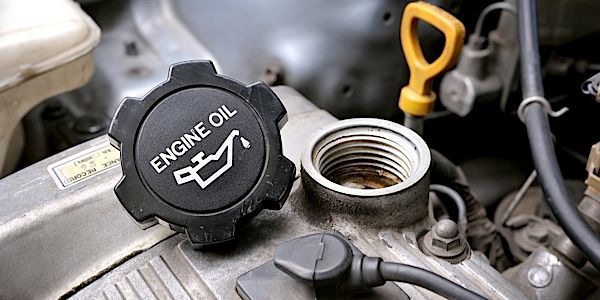
Understanding Diesel Exhaust Filters
The Diesel Particulate Filter (DPF) is a ceramic filter that has thousands of tiny channels or honeycomb-shaped openings that trap the soot onto the channel walls and prevent the particulate matter (down to 1 micron) from exiting out the tail pipe.
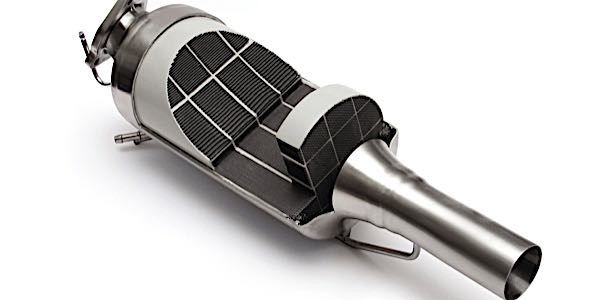
Head Gasket FAQs
Replacing a head gasket is a significant investment for the customer. It also represents significant risk for a shop if the replacement gasket fails. To do the job right, you have to ask why the gasket failed in the first place and what it will take to prevent it from happening again.
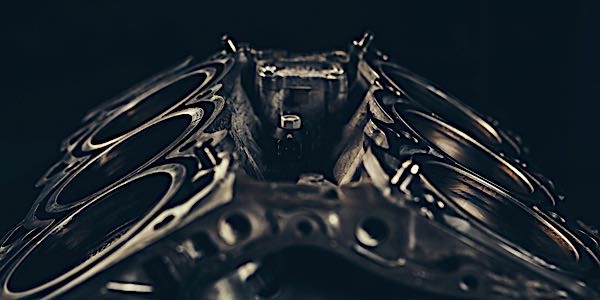
Computer-Controlled, ‘Smart’ Charging System Strategies: Why Volts Are Smart, But Amps Are Smarter
When diagnosing a charging system on any modern import, think “smart.” I learned this lesson several decades ago when repairing a cranking, no-start condition on a 1989 Honda Civic, which was equipped with one of the first “smart” charging systems. After verifying fuse continuity, I discovered that excessively high charging voltage had destroyed the Honda’s Engine Control Module (ECM).

